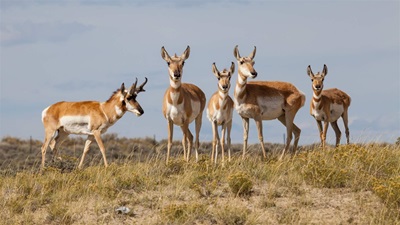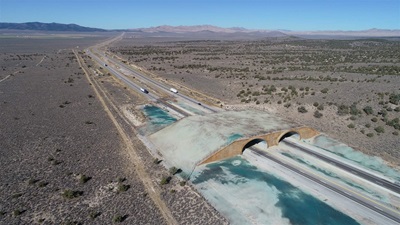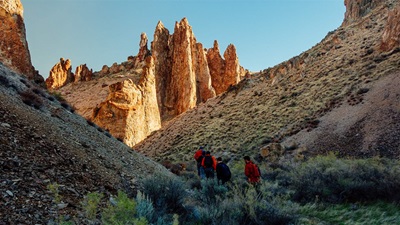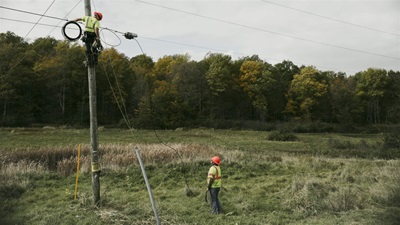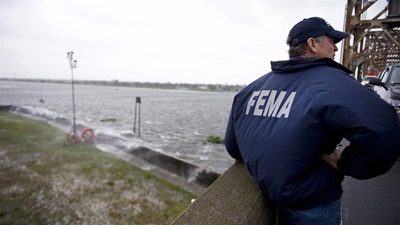More U.S. Rivers Deserve ‘Outstanding’ Designation
State and tribal listings would benefit wildlife, habitat, drinking water sources, and economies

In many American communities, rivers irrigate the farms that feed families, quench people’s thirst—rivers are the source of more than two-thirds of the drinking water in the U.S.—sustain wildlife habitat, and provide an economic boost for communities. Yet only a very small portion of those waterways are protected from threats ranging from pollution to damming, which would wreck the water’s natural flow.
Increasing that percentage can happen in several ways. The most common tool is to designate waterways under the federal Wild and Scenic Rivers Act, which currently covers less than 1% of river miles in the country. A less widely known, but also effective, tool is for states and tribes to designate Outstanding National Resource Waters (ONRWs).
The Clean Water Act of 1972 authorizes the designation of ONRWs to protect outstanding waterways, maintain water quality, protect fish and other wildlife, and support recreation. But despite mounting evidence that many U.S. rivers are threatened by pollution, development, and climate change, states and tribes have used the ONRW designation only sporadically. For example, New Mexico hasn’t designated an ONRW in more than a decade, California has just two, and Washington has none. Oregon designated its first ONRW in 2017.
Now is the time to conserve our most valued freshwater sources for future generations, using all available tools. Here are just a few of the rivers worthy of ONRW designation.
California
Colorado
New Mexico
Nevada
Oregon
Washington
The Pew Charitable Trusts looks forward to working with local partners, communities, and state governments to protect waterways that are essential to our nation’s natural, cultural, and economic vitality.
Nicole Cordan oversees river corridor work for The Pew Charitable Trusts’ U.S. public lands and rivers conservation project.






